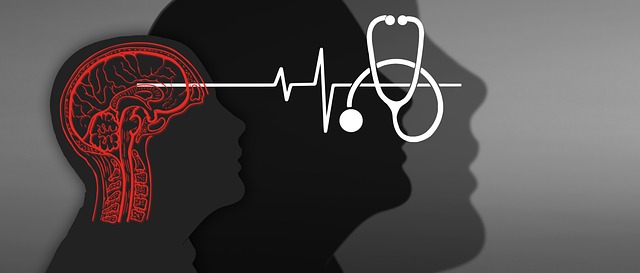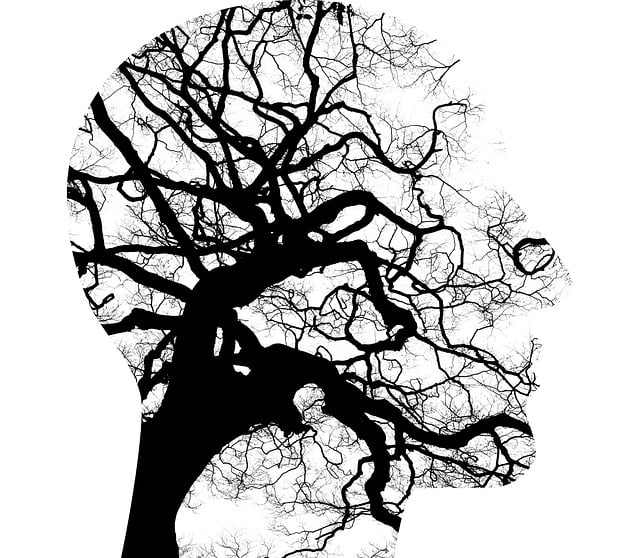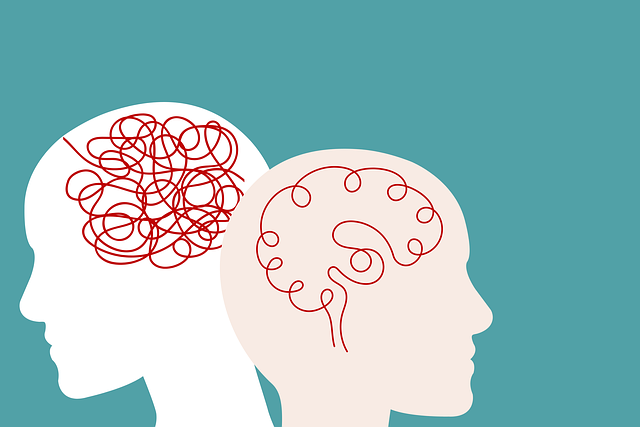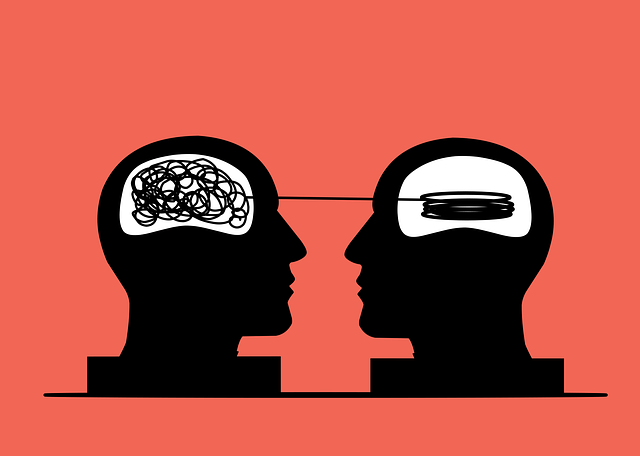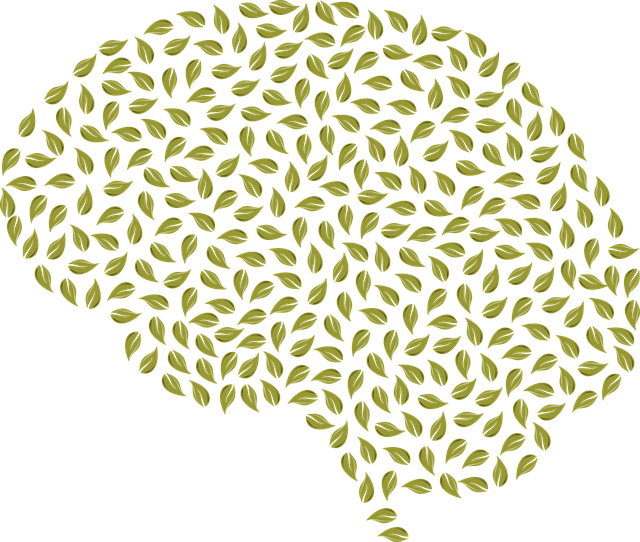Public awareness campaigns, leveraging social media, community events, and partnerships, enhance mental health literacy and promote well-being. For example, Centennial Trauma Therapy can gain traction by highlighting trauma's impact and offering evidence-based treatment options. These campaigns, culturally sensitive and structured with storytelling, empower individuals to recognize distress signs. Measuring success through reach, engagement rates, knowledge changes, and public perception shifts ensures accountability and improves campaign effectiveness.
Public awareness campaigns play a pivotal role in shaping societal understanding, particularly in areas like mental health education. This article delves into the development and effectiveness of such campaigns, focusing on the specific context of Centennial Trauma Therapy. We explore strategic approaches to creating impactful initiatives, highlighting key methods for reaching and engaging the public. Additionally, we discuss metrics for measuring success, emphasizing the importance of evaluating the impact of public awareness efforts in fostering positive change.
- Understanding Public Awareness Campaigns: The Role in Mental Health Education
- Strategies for Creating Effective Centennial Trauma Therapy Campaigns
- Measuring Success and Impact: Evaluating the Effectiveness of Public Awareness Efforts
Understanding Public Awareness Campaigns: The Role in Mental Health Education

Public awareness campaigns play a pivotal role in fostering mental health literacy and promoting well-being within communities. These initiatives are designed to educate and engage the public, focusing on various aspects of mental health, including trauma recovery and depression prevention. By utilizing accessible communication channels, such as social media, community events, and local partnerships, these campaigns can reach a wide audience, reducing stigma and encouraging individuals to seek support for their mental health struggles.
Centennial Trauma Therapy, for instance, can benefit significantly from public awareness efforts that highlight the impact of trauma and promote evidence-based treatment options. Incorporating Cultural Sensitivity in Mental Healthcare Practice ensures that these campaigns resonate with diverse populations, addressing unique challenges and barriers within different communities. Well-designed Mental Health Education Programs not only inform individuals about available resources but also empower them to recognize signs of distress and take proactive steps towards mental well-being.
Strategies for Creating Effective Centennial Trauma Therapy Campaigns

Creating effective Centennial Trauma Therapy campaigns requires a strategic approach that combines compelling storytelling with evidence-based practices. Start by understanding the target audience’s needs and cultural context to ensure messages resonate deeply. Integrate Social Skills Training to foster open communication, promoting a safe space for individuals to share their experiences.
Utilize Mind Over Matter Principles and encourage Positive Thinking as core elements of the campaign. This can involve sharing success stories, offering practical coping mechanisms, and providing resources that empower individuals to overcome trauma’s impact. Visual aids, emotional narratives, and interactive components can enhance engagement, making the therapy accessible and appealing to diverse audiences.
Measuring Success and Impact: Evaluating the Effectiveness of Public Awareness Efforts

Measuring success and impact is a crucial step in evaluating the effectiveness of public awareness efforts. It’s not enough to simply launch a campaign; understanding its reach, engagement, and lasting effects on targeted communities is essential for both improvement and accountability. Metrics such as campaign reach, engagement rates (like website traffic or social media interactions), and changes in knowledge, attitudes, or behaviors post-campaign offer valuable insights into the success of public awareness initiatives.
For instance, a Centennial Trauma Therapy awareness campaign aimed at increasing understanding of mental wellness and promoting access to healthcare services can gauge its impact by tracking the number of individuals who seek out resources or consult with healthcare providers following exposure to the campaign. Additionally, measuring changes in public perception, especially among underrepresented groups, through surveys or focus groups, can highlight areas for improvement and ensure inclusivity in future campaigns, ultimately enhancing the overall effectiveness of Public Awareness Campaigns Development. Incorporating these evaluative strategies enables continuous refinement of approaches like Healthcare Provider Cultural Competency Training to better address societal needs related to mental wellness.
Public awareness campaigns, particularly those focused on Centennial Trauma Therapy, play a pivotal role in mental health education. By employing strategic communication methods and measuring their impact, these initiatives can significantly enhance societal understanding of trauma and its long-term effects. Through continuous evaluation and adaptation, public awareness efforts ensure that resources are allocated effectively to address pressing mental health challenges, ultimately fostering a more compassionate and informed community.

